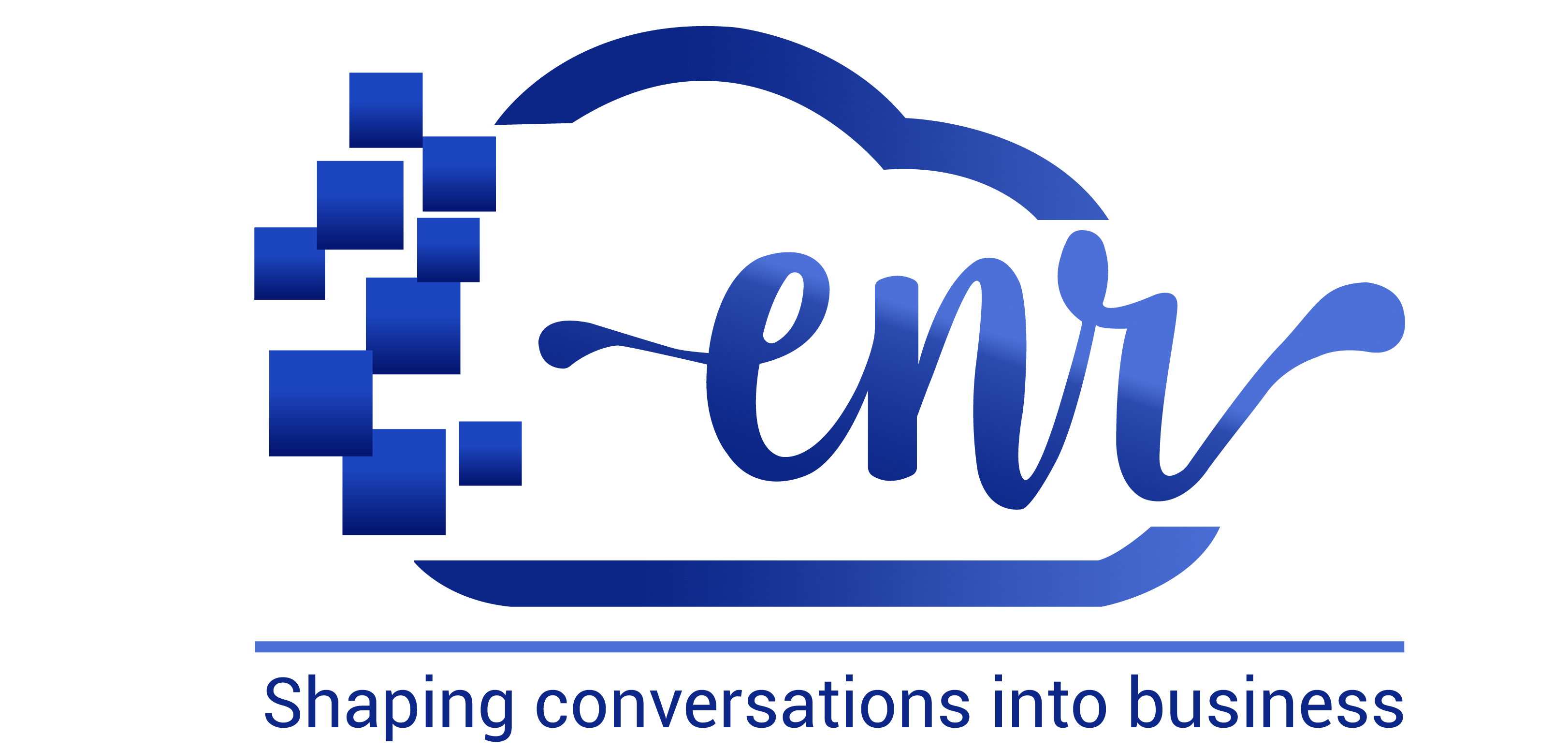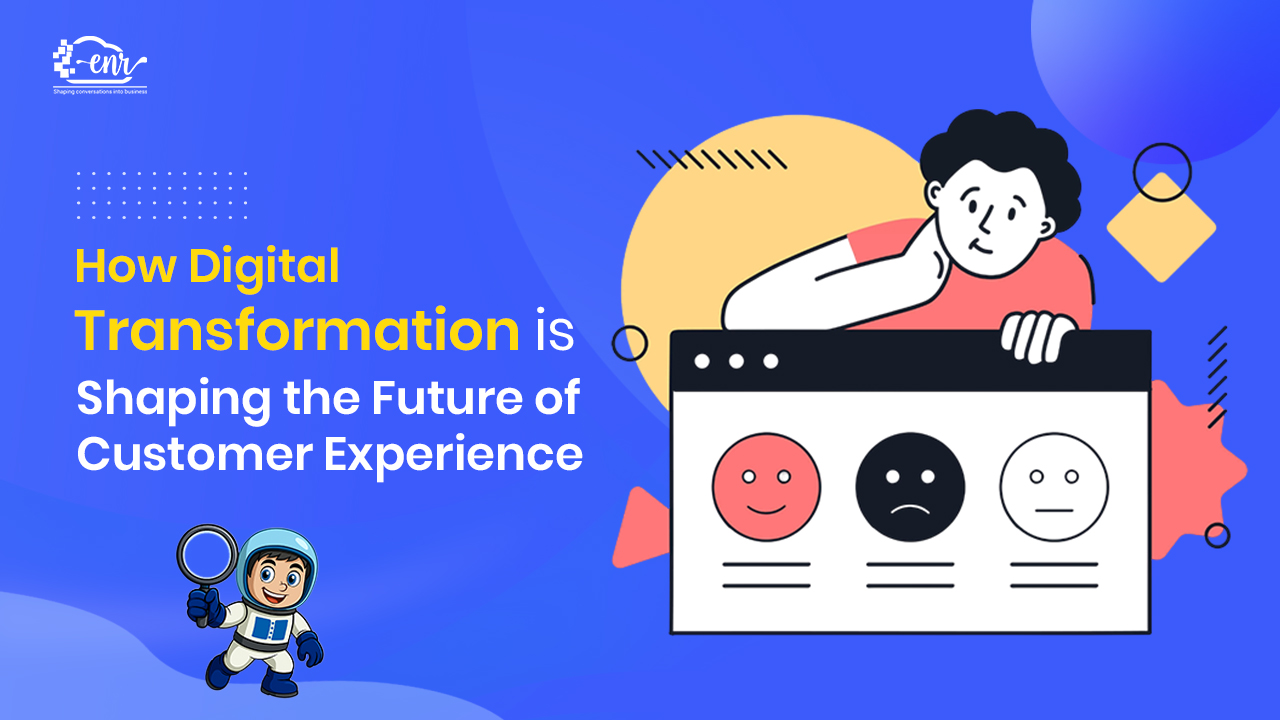Table of Contents
ToggleIntroduction
Digital economy is soaring at an unprecedented rate, and the currency forming its backbone is data. Businesses that are able to gather, track, analyze, and act on data are the ones that scaling the modern business landscape. Data-driven-decision-making creates value by enhancing customer experience, optimizing marketing campaigns, launching new products, and streamlining supply chains.Â
Poor quality data, unclear results, and the lack of practical actionable insights are the common challenges faced by most organizations. Data modelling helps avoid understand the data problems. Data modelling is an important part of data processing. It plays an important role in improving the effectiveness of your data platform, especially in marketing departments.Â
How Data Modelling Helps Marketing Campaigns?
When designing any marketing campaign, informed decisions about the team’s investment of time, money, and resources are the difference between reaching the goals or stopping short of them. It is important to get the decisions right, and many marketing campaigns fail because of a lack of data-driven-decisions.
The issues that most marketing teams face are a lack of access to data, siloed data, and being unable to discern insights from noise. This is where data modelling comes to play: it transforms the raw data into clear actionable insights to enable marketing campaigns based on informed decisions.Â
Data modelling enables marketers to craft highly personalized, and optimized campaigns that resonate with the consumers. By choosing the right data model for data management, businesses can achieve higher engagement, increased conversion rates, and boosted ROI. Below we will look at how data modelling can transform, optimize, and personalize marketing campaigns.Â
What is Data Modelling?
As per definition: A data model is a graphic visualization or conceptual representation of data and is used to define the structure of data and the relationship between the data entities to predict future behavior. Data modelling visualizes and represents data for storage, retrieval, and analysis. It can comprise of diagrams, symbols, or text to show the interrelations.Â
In other words, data modelling is a kind of predictive analysis that uses historic customer transactions or behaviors and helps predict the likelihood of similar behavior happening again. This feature makes data modelling an invaluable tool for personalizing the marketing campaigns.Â
Modern data models use machine learning and artificial intelligence for identifying target audiences and help boost campaign ROIs.Â
Why do Marketing Campaigns need Data Modelling?
Marketing is no longer just promotion, and selling; today you need a wealth of data and analytics at your fingertips to create marketing strategies that not only boost the customer base but also increase the return on marketing spends.
To put it simply, good data decisions drive successful marketing campaigns. Any modern business generates a vast amounts of data (sales, operations, finance, HR, and marketing, to name a few). To make any sense, this data should be combined properly, unwanted noise filtered out, and the rest presented in a meaningful format. Sounds like a big task, but data modelling makes it easy. Depending on the input parameters, data modelling will add structure and store data in a way that can be used and accessed easily for marketing campaigns.Â
Understanding Data ModellingÂ

Data modelling identifies patterns, and relationships and then presents insights. The data you will get will be accurate and relevant to help brands segment the new and old customers, predict behavior, and personalize messages.
Data modelling is based on few important components:
Data Collection
This involves information from various sources such as social media interactions, customer service, website analytics, CRM systems and any other third-party tools used.Â
Data Integration
This crucial step combines data from different sources to remove the noise and present a consolidated view.Â
Segmentation
Data segmentation classifies customers on the basis of various shared characteristics, such as demographics, preferences, technical modes used, behavior, etc.Â
Predictive Analytics
Data modelling results help with forecasting future actions such as churn risk, purchase likelihood, upsell, or cross sell etc.Â
Personalization and Data Modelling
Personalization is the basis of effective marketing in the digital age. With the use of AI marketing tools, personalization becomes even more important. Data modelling removes the noise and presents data that enables marketers to understand their audience, their likes, dislikes, preferences, needs, and pain points, to drive engagement and profitability.
Here is how:
Behavioral Insights
Data modelling can analyze browsing history, purchase patterns, engagement metrics, and other patterns to predict what the customer is looking for or wants.Â
Dynamic Content Delivery
Using the data modelling results, brands can facilitate real-time personalization of their marketing content. This includes website content, email campaigns, and advertisements catered to individual users.Â
Geo-Targeting

Results from location-based data-models allow marketers to personalize campaigns based on geographical segmentation to boost customer acquisition and retention.Â
Customer Journey Mapping

Data modelling helps in understanding the customer journey in the sales and marketing funnel to deliver the right message at the right time. Using data modelling, brands can identify touchpoints and optimize interactions to boost conversions.Â
How Optimized Marketing Campaigns Using Data Modelling Help a Brand?
Optimized marketing campaigns are another benefit of data modelling along with personalization. Data models leverage advanced analytics and machine learning algorithms
Identify High Value Segments
This is one of the key ways to use data science in marketing. By analyzing customer data, it is easy to identify high revenue potential so that the budget and resources can be allocated more effectively through personalization.Â
BudgetingÂ
Forecasting by data models helps see how different scenarios might play out, identify customer lifetime value, and then determine which channels and tactics will yield the best ROI.Â
Optimizing Campaign Timing

Data modelling helps with timing in marketing. Using the historical trends and real-time data, predictive analyses the optimal times to launch marketing campaigns, which channels to use, when to send communications, and which messages are most effective. This helps optimize marketing for better visibility and engagement.
A/B Testing
Using data modelling helps streamline A/B testing to drive better ROI by identifying winning variations. Using split testing, marketers can check for UI/UX modifications, headlines, images, and CTAs and lower the bounce rate, optimize keywords for better traction, and refine the campaigns.
ConclusionÂ
Data modelling offers significant benefits but also comes with some challenges, such as data compliance, data quality, and integration, but its drawbacks are mundane as compared to its benefits. Data modelling has transformed the marketing landscape by helping brands build stronger connections with their customers, augment efficiency, and achieve greater returns on marketing goals. Data modelling will continue to evolve as more marketers see its indispensable usage in personalizing and optimizing marketing campaigns.
Read Also: Navigating the Intelligent Automation Landscape: Trends, Challenges, and Opportunities
Written By – Amit Bhateja
Amit Bhateja is the co-founder of enrcloud and helping brands and Unicorns from the last 15+ years and overachieve their Engagement and Retention goals. He is passionate about solving customer problems with modern technology, new age solutions, and consultancy approach. Besides Building ENR, He enjoys reading books, spending time with his family and Teammates, traveling, meeting new people, learning new things, and love to close the business deals.





